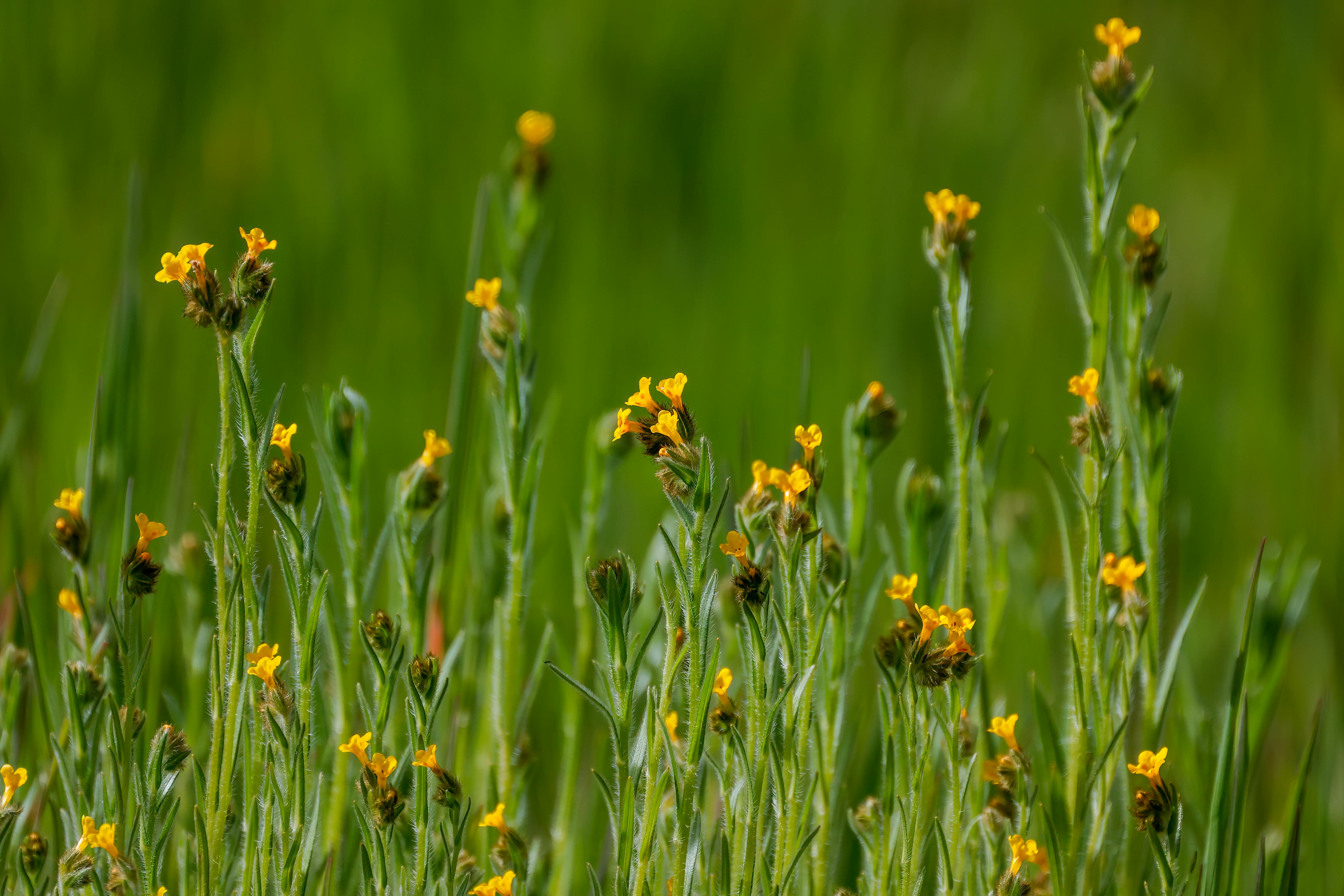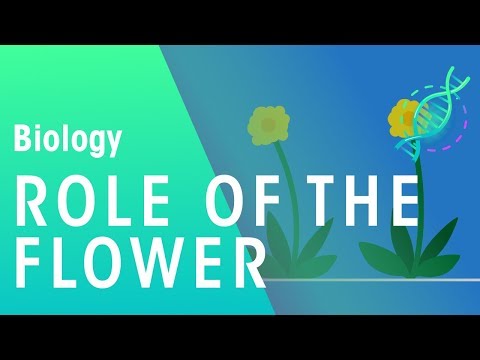Flowers are a beautiful and important part of the plant world, and they have many important functions. Flowers are perhaps most well-known for their bright colors and sweet smells, but they also serve other purposes. In fact, flowers are essential for the survival of many plant species. For this reason, plants have evolved to produce flowers in order to increase their chances of survival. In this article, we will explore why plants have flowers and what benefits they provide.
The Role of Pollinators in Plant Flowering
Pollinators are essential for the reproduction of flowering plants, as they are responsible for transferring pollen between flowers. Pollination occurs when a pollinator visits a flower and collects and transfers the pollen from one plant to another. This is the process by which plants create their seeds, and it is essential for the reproduction of flowering plants. Pollinators play an important role in this process, as they are necessary to move the pollen from one flower to another.
There are many different types of pollinators, including bees, butterflies, hummingbirds, moths, and even bats. Each type of pollinator has its own unique way of visiting flowers and transferring pollen. Bees collect nectar from flowers using their tongues, while hummingbirds use their long beaks to probe flowers for nectar. Butterflies use their long proboscis to drink nectar from flowers, while moths use their wings to flutter around and collect pollen. Bats use echolocation to find flowers in the night sky and then feed on nectar with their tongues.
These different pollinators help ensure that plants across different ecosystems can reproduce successfully by transferring necessary genetic material between two different plants. Without pollinators, many species of flowering plants would not be able to reproduce and would eventually become endangered or extinct. Additionally, some plants rely on a specific type of pollinator in order to reproduce correctly; for example, some species of orchids only produce viable seeds when visited by specific types of bees or other insects.
The relationship between pollinators and flowering plants is complex but vitally important for both species’ survival; without this relationship, many species would not be able to survive or thrive in certain environments. By understanding how important these pollinating creatures are for our planet’s biodiversity, we can work together to ensure that they remain healthy and abundant in our ecosystems so that our planet’s delicate balance can be preserved for generations to come.
Do All Plants Have Flowers?
Not all plants have flowers. While many plants do produce flowers, some plants reproduce without them. Plants that reproduce without flowers are known as asexual plants, and can be found in many species. These may include ferns, mosses, liverworts, and certain aquatic plants. Asexual reproduction is the process of creating offspring without the involvement of a male or female reproductive cell.
In asexual reproduction, a plant can produce offspring by itself or with the help of an external factor such as water, wind or animals. The offspring are genetically identical to the parent plant since there is no mixing of genetic material from two different parents. This type of reproduction is simpler and more efficient than sexual reproduction which requires two parents to produce offspring.
Asexual plants have adapted to survive in harsh environments where flowering plants may not be able to survive due to lack of water or nutrients. By reproducing asexually, these plants can spread quickly and occupy large areas in short periods of time. This gives them an advantage over flowering plants which require more time and resources for reproduction.
Although not all plants have flowers, many still use them to attract pollinators such as bees and butterflies which help with the fertilization process necessary for successful seed production and dispersal. So even though some species don’t rely on flowers for reproduction, they still benefit from them in other ways.
Are There Different Types of Plant Flowers?
Yes, there are different types of flower plants. Flowers are a diverse group of plants that come in a variety of shapes, sizes, and colors. Some flowers are used for decorative purposes while others can be used for medicinal or edible purposes. The most popular type of flower is the rose, which comes in many different colors and varieties. Other common types of flowers include daisies, lilies, tulips, chrysanthemums, and sunflowers. Some flowers are native to certain countries or regions while others can be found growing all over the world.
Different types of flowers have different needs when it comes to soil, water, temperature, and sunlight. For example, roses require more water than daisies and need to be planted in well-drained soil with plenty of sunlight. Lilies require less water than roses but need more sunlight to bloom properly. Chrysanthemums need to be planted in rich soil and need regular pruning in order to produce large blooms.
Different types of flowers also vary in their lifespan and how often they bloom. Some flowers such as roses will bloom throughout the year while other types such as lilies may only bloom once per season. The length of time that a flower will remain in bloom also varies depending on its type; roses may last up to two weeks while lilies may only last up to one week before wilting away.
No matter what type of flower you choose for your garden or landscape design project, it is important to research its needs before planting it so that you can provide the best environment for it to grow and thrive in. There are many beautiful varieties available so you should have no problem finding one that meets your needs and fits into your desired landscape design scheme!

What Are the Parts of a Flower?
Flowers are the reproductive organs of a plant. They are made up of several different parts that work together to produce and disperse seeds. The parts of a flower can be broken down into the calyx, corolla, androecium, and gynoecium.
The calyx is the outermost whorl of the flower and consists of sepals that protect the more delicate parts inside. The sepals may look like petals but are generally thin, green, and leaf-like in texture.
The next inner whorl is called the corolla and is made up of petals. Petals can range in color from white to yellow to pink or purple, and may also have spots or stripes on their surfaces.
The third whorl is called the androecium and consists of male reproductive organs called stamens. Each stamen has an anther at its tip that contains pollen grains which can be spread by insects or wind to other flowers for pollination.
The innermost whorl is known as the gynoecium which contains female reproductive organs called carpels. Carpels hold ovules inside them which, when fertilized by pollen from another flower, will develop into seeds for dispersal elsewhere in nature.
In summary, flowers are composed of four main parts: the calyx (sepals), corolla (petals), androecium (stamens), and gynoecium (carpels). These parts work together to produce seeds that will give rise to new plants in nature with unique characteristics thanks to sexual reproduction.

